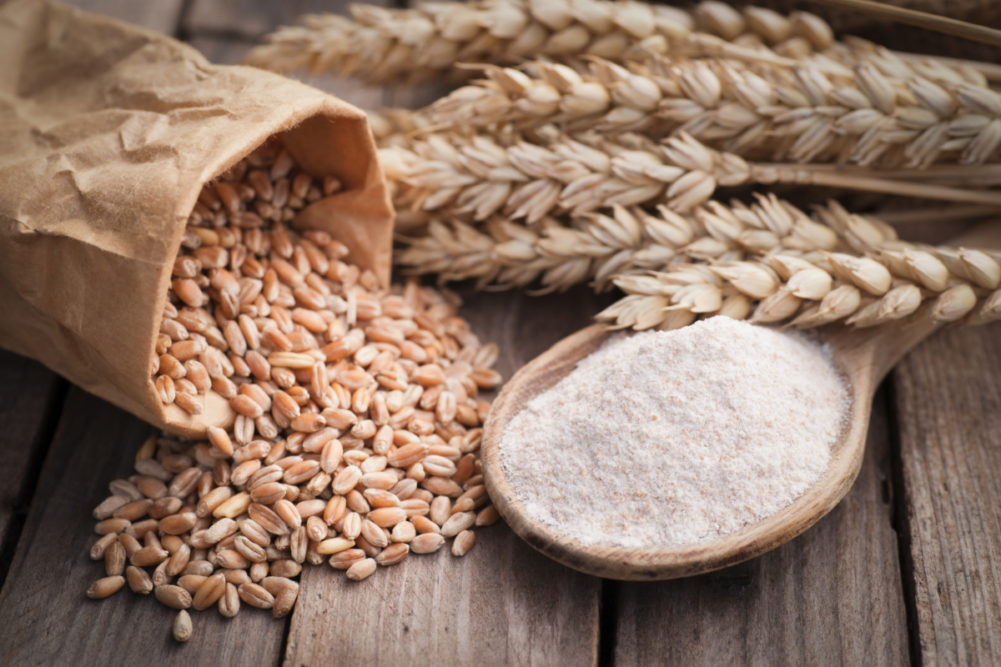It was 22 years ago that the Bureau of the Census in the Department of Commerce announced that, breaking from a practice dating back decades, flour production data from the milling industry would be gathered on a quarterly rather than a monthly basis. In addition to easing the burden of reporting to the government, millers generally have found the change to quarterly data was sufficiently frequent to adequately track industry trends. When the Census Bureau stopped gathering milling data, and the task was assumed by the North American Millers’ Association for several years, no serious consideration was given to returning to monthly flour production reports.
To the degree there is a downside to disseminating flour production data only once every three months, such negatives came to the fore with the production figures for the first quarter of 2020. January-March flour production rose to a record high, but like much of the remainder of the food industry, industry trends in the final month of the quarter were far different than in January-February, before the seriousness of the coronavirus outbreak was appreciated.
The January-March production increase from a year earlier, while a solid 3.5%, appears modest when measured against some of the extravagant gains scored by a number of well-known consumer packaged foods brands in the month of March. For instance, Eggo waffle sales by Kellogg Co. surged 45% during the final month of the quarter. But for flour milling, a 3.5% change in a quarter is highly anomalous. Since 2010, quarterly US flour production has moved up or down from a year earlier by more than 3.5% only once — a 3.9% gain in the third quarter of 2013. Over the entire 10 years, the average quarterly change (absolute value) was 1.3%; only 0.8% in the most recent five years. By all accounts, March was the month that drove the growth in the first quarter. Many US flour mills likely experienced production increases well above 10% in March versus March 2019.
Part of the reason millers don’t miss monthly flour data reporting is production trends have become less volatile over time because of diminished flour trade. Flour exports from the United States in the past were highly variable, injecting a frequently disruptive level of uncertainty to prospective flour milling operating rates. In the 1980s, flour exports would swing up or down an average of 6.2 million cwts per year, or 1.9% of annual production. Since 2010, flour export swings have averaged 1.3 million cwts, or 0.3% of average annual production.
In 2020, it is uncharacteristic variability in domestic shipments that is causing swings in flour production from one quarter to the next. Just as first-quarter flour production could be characterized as an outlier because of unusually heavy shipments in March, it’s clear second-quarter production will be negatively skewed because of an abrupt slowdown in shipments in April. Describing the April falloff, individual millers called it the widest month-to-month decline in shipments in memory.
The strong first-quarter performance and anticipated correction in the second will place heightened importance on year-to-date figures and it is hoped will give millers a greater sense of the degree to which milling capacity is in line with demand. Flour consumption in 2019 was the smallest in eight years, and per capita consumption was the smallest in 30. Millers have responded, and flour milling capacity in the first quarter was down almost 34,000 cwts from a year earlier. Daily milling capacity has been reduced more than 60,000 cwts from the all-time high of 1,674,210 cwts in the third quarter of 2019.
While the March surge in demand for waffles and other flour-based products was thrilling, the picture for flour-based foods was not magically transformed overnight. A continued review of milling capacity remains a necessity as are industry-wide efforts to bolster flour demand not just temporarily, but once and for all.






